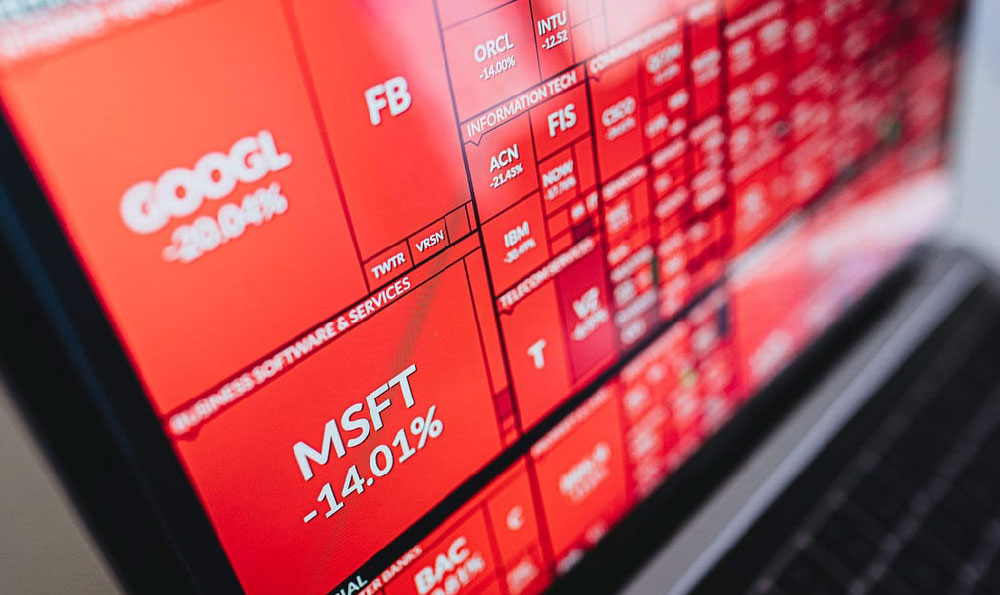How many TikTok views do you need to get paid, and how much can you earn?
The allure of TikTok fame often extends beyond mere likes and follows, culminating in the tantalizing question: when does popularity translate into profit? Understanding the mechanics of TikTok monetization is crucial for creators aiming to turn their creative passions into a sustainable income stream. While the platform doesn't directly pay users based solely on the number of views, views are an essential ingredient in unlocking various income-generating opportunities.
Direct payments from TikTok primarily flow through the Creator Fund and the TikTok Pulse program. The Creator Fund, launched in 2020, aimed to reward creators for their engaging content. While the exact algorithm remains shrouded in secrecy, several factors contribute to a creator's eligibility and earnings within this program. The number of views is undoubtedly a significant contributor, but it's not the only determinant. Authenticity, engagement rate (likes, comments, shares), adherence to community guidelines, and the overall niche and content quality also play vital roles. To be eligible for the Creator Fund, creators must be at least 18 years old, based in specific regions (US, UK, France, Germany, Spain, Italy), have at least 10,000 followers, and have accrued at least 100,000 video views in the last 30 days. Even meeting these requirements doesn't guarantee participation or substantial payouts.
The actual payout per view varies significantly within the Creator Fund, often ranging from a few cents to a few dollars per thousand views. The daily allocation of the fund is divided among eligible creators based on their performance, making the earnings inherently variable. As the platform continues to evolve and attract more creators, the competition for a share of the Creator Fund intensifies, potentially impacting individual earnings. Therefore, relying solely on the Creator Fund for consistent income isn't a sustainable strategy for most creators.

TikTok Pulse, a newer program, offers creators a revenue share from ads placed alongside their content. This program generally targets creators with larger, more established audiences, often partnering with brands and advertisers. The eligibility criteria are more stringent than the Creator Fund, and the payout structure typically involves a percentage of the ad revenue generated from videos within a specific time frame. While the exact details of TikTok Pulse are less transparent, anecdotal evidence suggests that creators participating in this program can potentially earn more per view compared to the Creator Fund.
Beyond direct payments from TikTok, a plethora of alternative monetization avenues become available as creators amass views and build a loyal following. Brand partnerships and sponsorships are perhaps the most lucrative and common methods. As a creator's content gains traction and resonates with a specific audience, brands may approach them to promote their products or services. The amount a creator can charge for a sponsored post or video depends on factors such as their follower count, engagement rate, niche, and the scope of the campaign. Creators with hundreds of thousands or even millions of followers can command significant fees, ranging from hundreds to thousands of dollars per sponsored piece of content.
Affiliate marketing presents another viable income stream. Creators can partner with brands and promote their products using unique affiliate links. When viewers click on these links and make a purchase, the creator earns a commission. This method aligns well with educational or review-based content, where creators can genuinely recommend products they believe in and benefit from their audience's purchases.
Selling merchandise is also a popular option for creators with a dedicated fanbase. T-shirts, hoodies, phone cases, and other items featuring the creator's logo or catchphrases can generate substantial revenue. The key to successful merchandise sales lies in creating appealing designs and effectively marketing them to the audience.
Livestreaming offers yet another avenue for monetization. During live sessions, viewers can send virtual gifts to their favorite creators, which can be converted into real money. The frequency and quality of livestreams, as well as the creator's ability to engage with their audience, directly impact the potential earnings from this source.
Creating and selling digital products, such as e-books, online courses, presets, or filters, can be a powerful way to monetize expertise and cater to a specific audience. Creators who excel in a particular skill, such as photography, videography, or graphic design, can package their knowledge and sell it to aspiring learners.
In essence, the number of TikTok views required to get paid depends on the chosen monetization strategy. While the Creator Fund and TikTok Pulse offer direct payments, they are not solely reliant on view counts and often provide modest income. The real earning potential lies in leveraging views to build a brand, attract brand partnerships, engage in affiliate marketing, sell merchandise, livestream, or create digital products. Ultimately, the amount a creator can earn on TikTok is determined by their ability to create engaging content, build a loyal audience, and strategically diversify their income streams. It's not just about the views; it's about what you do with them. The path to financial success on TikTok is paved with creativity, consistency, and a sound business acumen.















